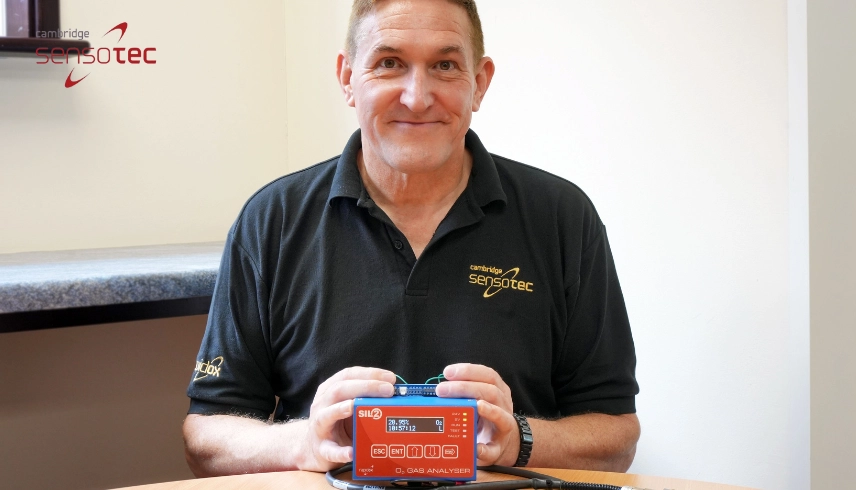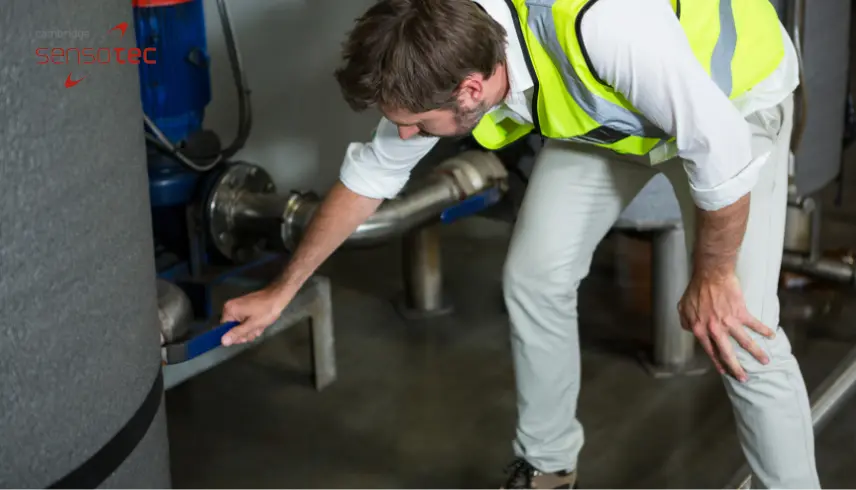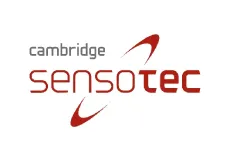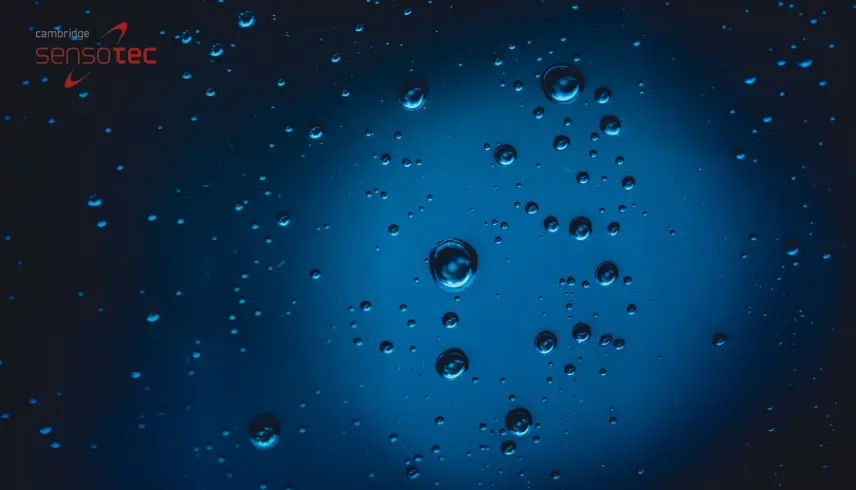

Why SIL2 Compliance is Transforming Additive Manufacturing
Introduction
Additive manufacturing, commonly known as 3D printing, has revolutionised the production of complex components across industries such as aerospace, automotive, and medical devices. However, as this technology advances, safety and reliability remain critical considerations, particularly in environments dealing with combustible gases and precision-controlled atmospheres. SIL2 compliance is emerging as a key factor in ensuring safe and efficient additive manufacturing processes, helping companies meet stringent safety standards while optimising operational reliability.
The Importance of SIL2 Compliance in Manufacturing
SIL2 (Safety Integrity Level 2) is a globally recognised safety standard outlined in IEC 61508, ensuring that systems function safely under predefined risk conditions. SIL2-certified systems reduce the probability of failure, improving workplace safety in hazardous environments.
In additive manufacturing, gases such as argon, nitrogen, hydrogen, and oxygen play a crucial role in processes like laser powder bed fusion (LPBF), direct metal laser sintering (DMLS), and electron beam melting (EBM). Manufacturers must carefully monitor these gases to prevent dangerous leaks or improper concentration levels that might compromise print quality or safety.
Furthermore, many industries are implementing SIL2-certified monitoring systems to ensure compliance with evolving safety regulations. With the growing adoption of automated manufacturing, precise gas control is becoming a fundamental requirement in high-performance production settings.
Additionally, manufacturers adopting SIL2-compliant gas monitoring benefit from increased operational efficiency. By reducing the likelihood of hazardous incidents and maintaining optimal process conditions, these systems contribute to improved throughput, lower maintenance costs, and fewer production delays.
Learn more about understanding SIL2 and its impact on industrial safety.
The Role of SIL2 Compliance in Gas Monitoring for Additive Manufacturing
For additive manufacturing facilities, maintaining the correct gas composition is essential for ensuring high-quality prints and worker safety. SIL2-compliant gas analysers provide real-time monitoring, reducing risks associated with:
- Explosive gas mixtures – Ensuring that flammable gases such as hydrogen remain within safe concentration limits.
- Oxygen depletion/enrichment – Preventing asphyxiation or combustion hazards in enclosed environments.
- Gas purity – Ensuring that inert gases such as argon or nitrogen meet the required standards for high-precision metal printing.
Integrating SIL2-certified gas detection systems helps manufacturers gain greater process control, reduce downtime, and comply with regulatory standards more effectively.
Additionally, SIL2 gas monitoring plays a significant role in automated quality assurance. Real-time adjustments ensure consistent atmospheric conditions, reducing errors and improving overall production reliability.
With increased automation in additive manufacturing, integrating SIL2-certified systems allows for seamless integration with existing Industry 4.0 frameworks. This enables smart manufacturing environments where data-driven decision-making enhances efficiency and process optimisation.
Moreover, the adoption of SIL2-certified gas monitoring supports predictive maintenance strategies. Detecting gas anomalies early allows manufacturers to schedule maintenance proactively, preventing costly unplanned downtime and improving long-term equipment performance.
Enhancing Workplace Safety Through SIL2 Compliance
Safety remains a top priority in industrial 3D printing, particularly when working with high-powered lasers and reactive materials. SIL2 compliance enhances workplace safety in several ways:
- Automated fault detection – SIL2-certified systems continuously monitor for gas leaks, equipment malfunctions, and deviations from safe operational conditions.
- Early warning systems – Advanced sensors detect hazardous conditions before they escalate, enabling proactive intervention.
- Regulatory compliance – Many industries require SIL2 certification as part of occupational health and safety regulations, ensuring adherence to strict safety protocols.
- Worker protection – Proper gas management ensures employees are not exposed to toxic or oxygen-deficient environments, minimising health risks.
- Emergency response improvements – By incorporating SIL2-rated monitoring, emergency shut-off systems can be activated instantly when dangerous gas levels are detected, reducing the risk of accidents.
With SIL2 gas analysers, manufacturers can create safer work environments, protecting both personnel and equipment from potential hazards.
How SIL2 Compliance Enhances Quality Control in Additive Manufacturing
Beyond safety, SIL2-certified monitoring systems contribute to enhanced product quality. Maintaining precise gas compositions is crucial for:
- Consistent material properties – Avoiding oxidation, contamination, or incomplete fusion in metal printing.
- Process stability – Ensuring that the right environmental conditions are maintained throughout production cycles.
- Reducing material waste – Preventing failed prints caused by improper atmospheric conditions, ultimately lowering costs and improving sustainability.
- Compliance with industry standards – Many aerospace, automotive, and medical sectors require stringent process validation, which can be achieved through SIL2-compliant systems.
- Long-term reliability – As more manufacturers shift toward industrial-scale additive manufacturing, maintaining SIL2-certified environments ensures continuous compliance and consistent high-quality outputs.
- Improved traceability – SIL2-certified monitoring solutions provide detailed gas usage data, which supports better documentation and auditing for quality assurance and compliance.
By investing in SIL2-certified gas control solutions, manufacturers can enhance production efficiency and achieve more reliable outcomes in additive manufacturing.
Future Trends: How SIL2 Compliance is Evolving in Additive Manufacturing
As additive manufacturing continues to evolve, the role of SIL2 compliance is expected to grow. Key trends include:
- Integration with AI and IoT – Real-time gas monitoring combined with AI-driven analytics for predictive maintenance and process optimisation.
- Increased regulatory adoption – Governments and industry bodies are setting higher safety and quality benchmarks, making SIL2 compliance a requirement in more sectors.
- Expansion into new materials – As manufacturers explore novel metal alloys and reactive materials, precise gas monitoring will be even more critical.
- Sustainability and energy efficiency – SIL2-certified systems help reduce waste, improve gas efficiency, and lower overall production costs, making the process more sustainable.
- Incorporation into large-scale production – As additive manufacturing scales up to mass production levels, SIL2 compliance ensures safety and repeatability in high-volume manufacturing.
- Customisation and on-demand manufacturing – With the rise of customised 3D-printed components, maintaining precise gas control ensures consistency even in highly specialised and unique production runs.
By adopting SIL2-certified safety solutions, companies can stay ahead of industry advancements while ensuring compliance with the latest safety standards.
Conclusion
SIL2 compliance is transforming additive manufacturing by improving safety, ensuring process stability, and enhancing product quality. As the industry embraces more advanced materials and techniques, SIL2-certified gas monitoring solutions will play an increasingly vital role in protecting both personnel and equipment while optimising production outcomes.
Manufacturers that invest in SIL2-certified technology are not only improving safety but also setting a foundation for scalable, high-performance production in the future.
To learn more about SIL2 compliance and how it impacts industrial safety, explore our detailed guide on Understanding SIL2.
Cambridge Sensotec offers state-of-the-art gas analysis solutions designed to meet SIL2 safety standards. Contact us today to learn how our advanced gas analysers can support your additive manufacturing operations.


